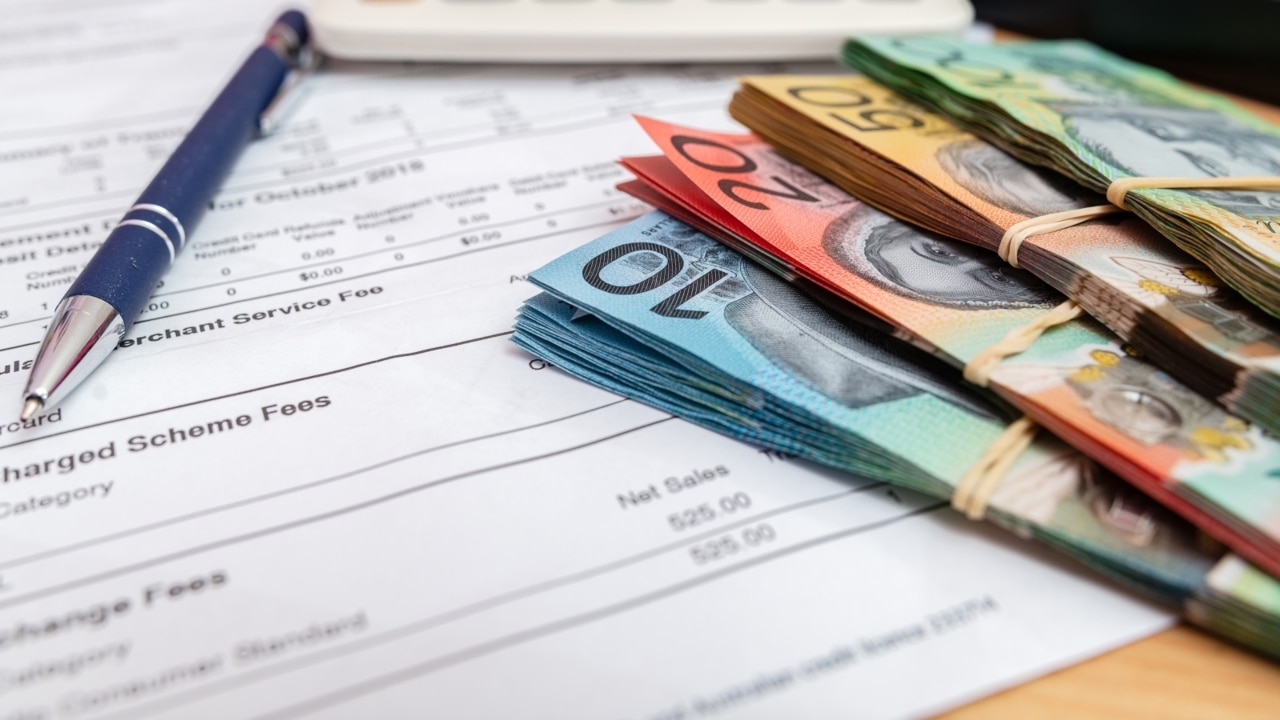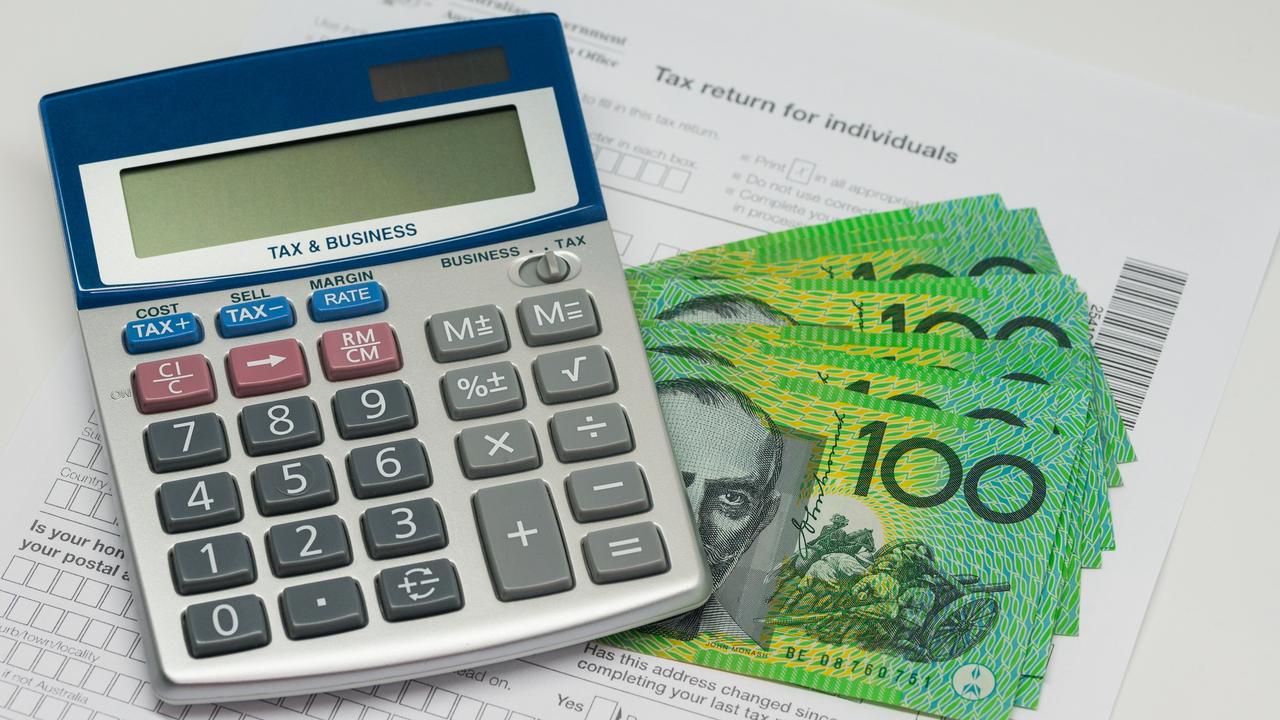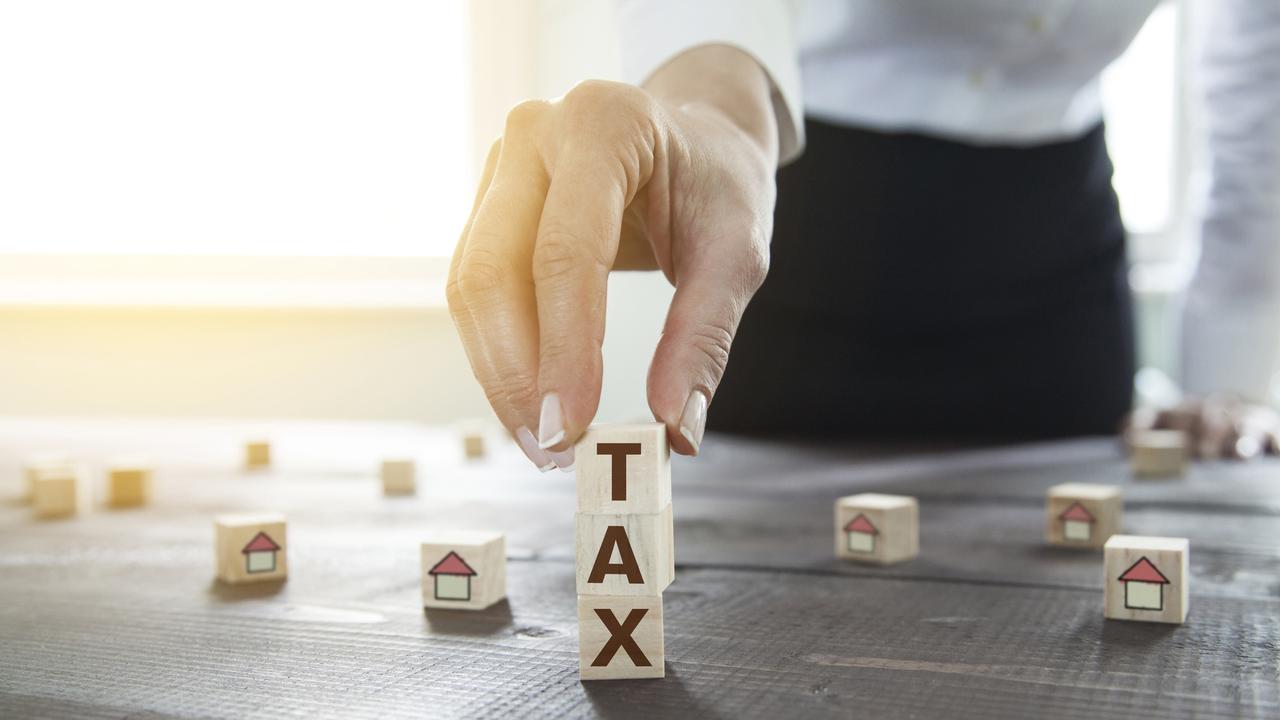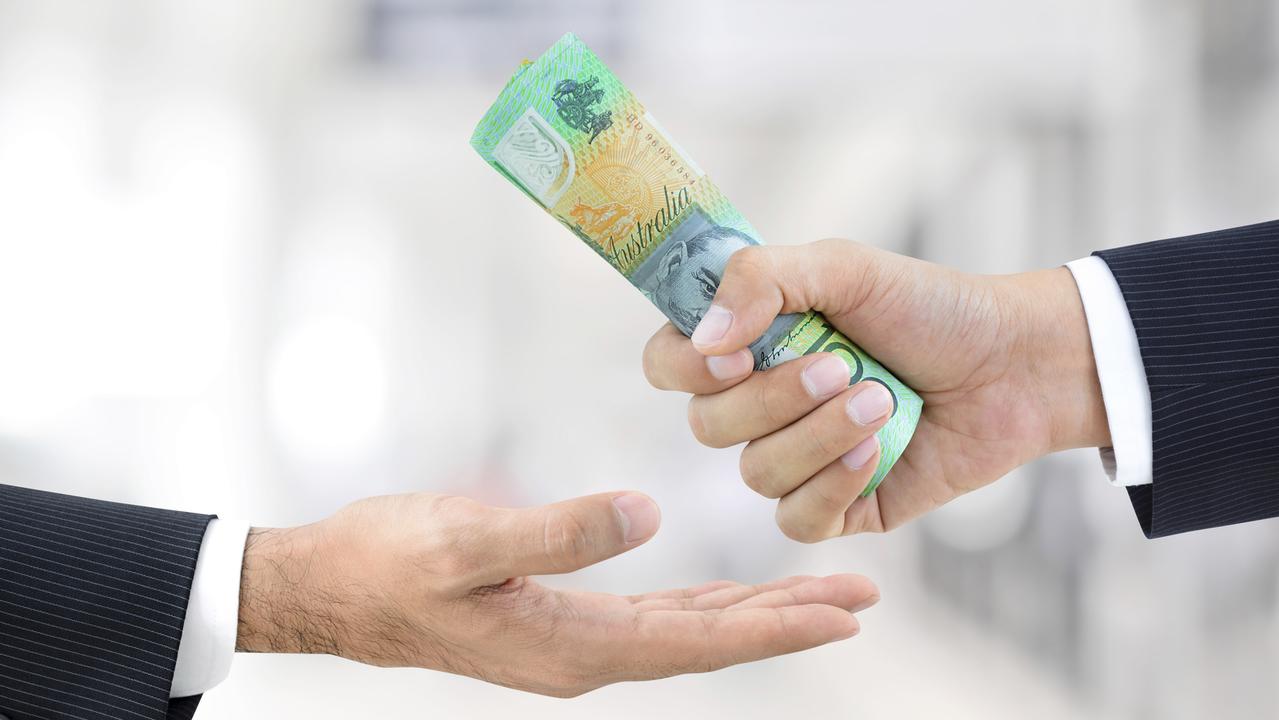How to file your tax return and get a faster refund
With tax season just around the corner, many Aussies will be eager to get some extra cash in their pocket this year. Here’s how to speed things up.

With tax time just around the corner, an expert has weighed in on how to get your tax refund back as quickly as possible.
If you’re one of the many taxpayers relying on your refund, the advice may surprise you.
Here’s everything you need to know.

HOW CAN I GET MY TAX REFUND FASTER?
“It pays to be patient,” Mark Chapman, Director of Tax Communications at H&R Block, told news.com.au.
“Don’t lodge your tax return in the first two weeks of July because a lot of the pre-filled information isn’t there.
“So your employers, your banks, etc, haven’t reported information to the ATO [Australian Taxation Office], therefore, when you go on to my tax or go see your tax agent, that information simply won’t be there.
“You actually have to prepare the tax return based on your original source documents and hope that you’ve got everything and that is quite fraught with risk.
“So it’s definitely worthwhile waiting until the second half of July before you lodge a tax return.”

WHAT SHOULD I INCLUDE WHEN LODGING MY TAXES?
According to the ATO, you need to declare all income in your tax return, such as employment, government, and investment income.
Lodgers may also be entitled to claim a deduction for work-related or investment-related expenses.
The ATO recommends you have all the following information available to lodge your tax return:
• Bank account details
• Income statement or payment summaries from all of your employers
• Payment summaries from Centrelink (Services Australia)
• Income from investments, like rental properties or shares
• Receipts or statements for the expenses you are claiming as deductions
• Your spouse’s income (if you have one)
• Private health insurance information (if you have cover)
Most online returns are processed within two weeks. Paper returns may take up to 10 weeks to process but can take up to seven weeks for paper returns to show in the ATO’s systems.

WHO IS THE ATO TARGETING THIS YEAR?
The ATO announced three key focus areas this year – rental property deductions, work-related expenses and capital gains tax.
According to Mr Chapman, the ATO has recently changed the way you can claim work-related expenses.
“Inevitably that will lead to quite a few people making mistakes with a tax return and therefore the ATO is going to focus on that area,” Mr Chapman said.
“But, also lots of other work related claims, motor vehicles, clothing, people claiming the $300 deduction without substantiation, the ATO is really going to have a look at those areas very closely.”
Mr Chapman also said the ATO will have a wider look at capital gains tax.
“If you’ve sold an asset during the year, the ATO expects to see that asset recorded on your tax return in the capital gains tax records,” he said.
“If that doesn’t happen, then inevitably I think you’re going to get a please explain letter.”

WHAT DO YOU DO IF YOU GET A ‘PLEASE EXPLAIN’ LETTER
An ATO spokesperson told news.com.au a ‘please explain’ letter usually occurs where they receive information from your employer or another third-party, such as your bank or Services Australia, which is different from what you reported in your tax return.
“We may also contact you if your deduction claims appear to be incorrect,” an ATO spokesperson said.
“If you disagree with the information in the letter, you must provide supporting documents to substantiate your claims.”
The spokesperson said the letter will provide details of how taxpayers can contact them if they have any questions and where to send their supporting documents.
“If we don’t receive a response from you within the time specified, we will amend your tax return with the information we have from your employer or other third-party and disallow deduction claims that you have not substantiated,” they said.
“You will then receive a notification confirming the amended assessment.”

WHAT MISTAKES SHOULD I AVOID?
Mr Chapman warns taxpayers to double check the lodgement, as the incorrect information or out-of-date details may cost you a payout.
“If your name and address has changed, then tell the ATO before you lodge your return because if you lodge under different details, the ATO won’t be able to match it with your tax file number, which inevitably leads to delays,” he said.
“Make sure you include your bank account details on the tax return.
“The ATO doesn’t send out refund checks these days so you do need to include the bank details on your return. No bank details, no refund.
He also advises to avoid spelling mistakes because it will lead to a delay in processing your return while the ATO tries to manually match your details.
Mr Chapman’s other handy tip is to make sure you claim what you’re entitled to with your tax claims, workplace deductions and property claims.
“So if you’ve incurred work related expenses and you have the paperwork to prove it then don’t hesitate to claim it,” he said.
“But don’t embellish deductions, you can only claim what you’ve actually spent.
“So don’t inflate deductions in order to get a bigger refund and only claim for costs that you can actually prove that you spent such as an invoice or receipt or a bank statement.
“It is important to point out if your deductions are found to be incorrect by the ATO, not only are you being required to repay the tax that you’ve avoided, you also have to pay interest and potentially penalties as well.”

HOW DO I FILE MY TAX RETURN?
While preparing your tax return, make sure your documents include your tax file number, time sheets, pay slips, receipts and usage logs, etc.
Once you’ve gathered your paperwork, linked your ATO account to your myGov one and received your annual Pay As You Go (PAYG) payment summary from your employer, it’s time to hop online and get started on lodging your tax return.
Jump to the myTax website, available on your myGov account, which should by now be linked with the ATO.
You can lodge your tax return on any device – computer, smartphone or tablet.
From the online services home page, select the ‘Prepare’ link.
Next, select the boxes relevant to you including your income, investments and any government payments.
The check boxes should already be pre-filled as your employer and bank should have shared information with the ATO.
You will then be asked to review this information to make sure it’s correct.
You can always save your return and go back to it later.
Before you lodge your return, myTax will estimate how much you owe or are owed based on your information.
WHEN IS DEADLINE TO LODGE MY TAXES?
There are two deadlines depending on whether you use a tax agent or lodge your own taxes.
For people lodging their own tax return, you have until October 31.
Those using a registered tax agent have an extended deadline by May 15 next year. However, they must engage their accountant before October 31.
— with Alex Turner-Cohen






